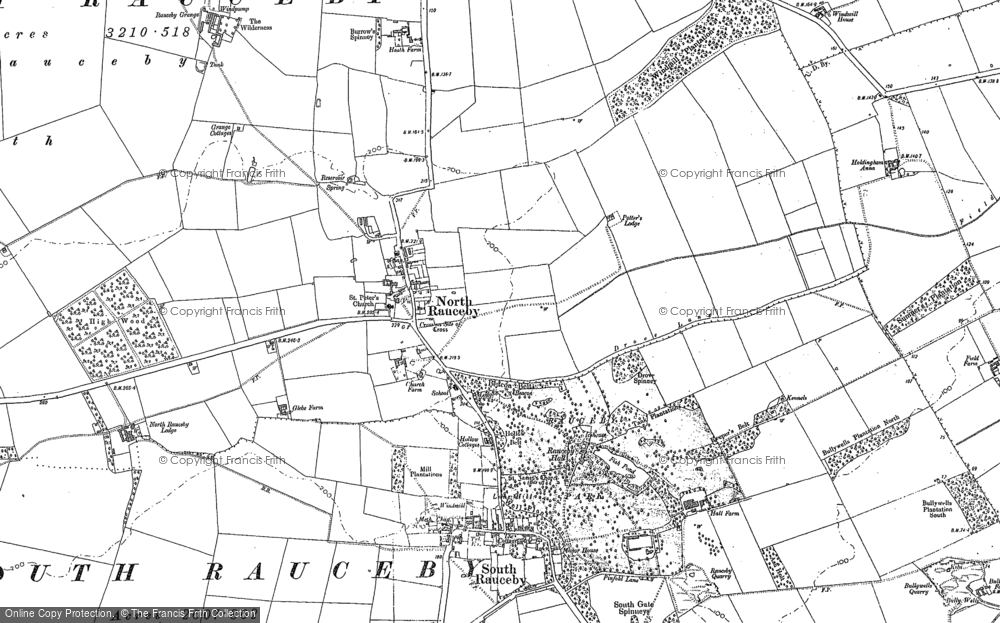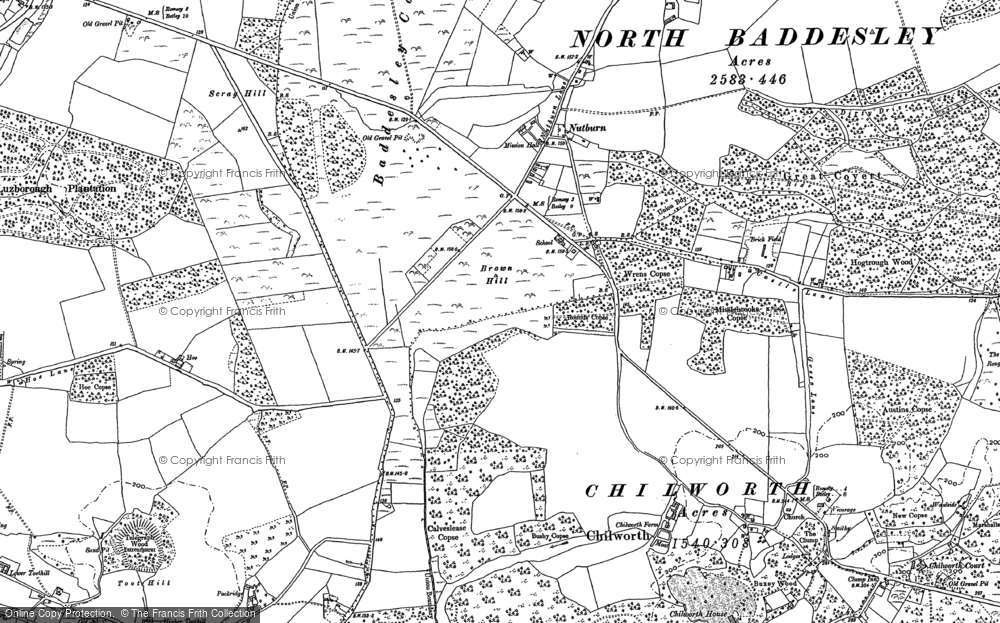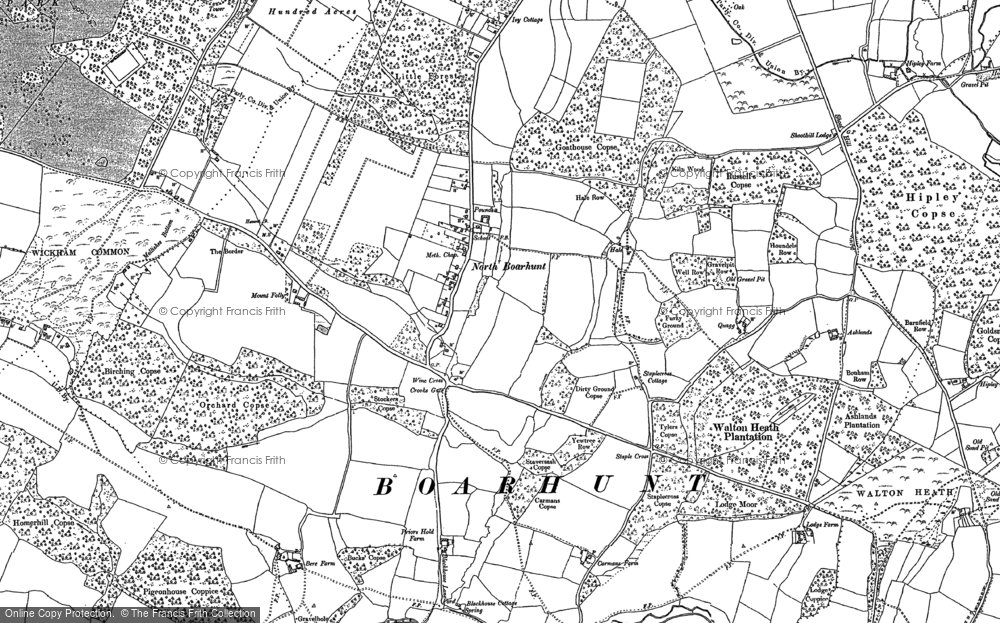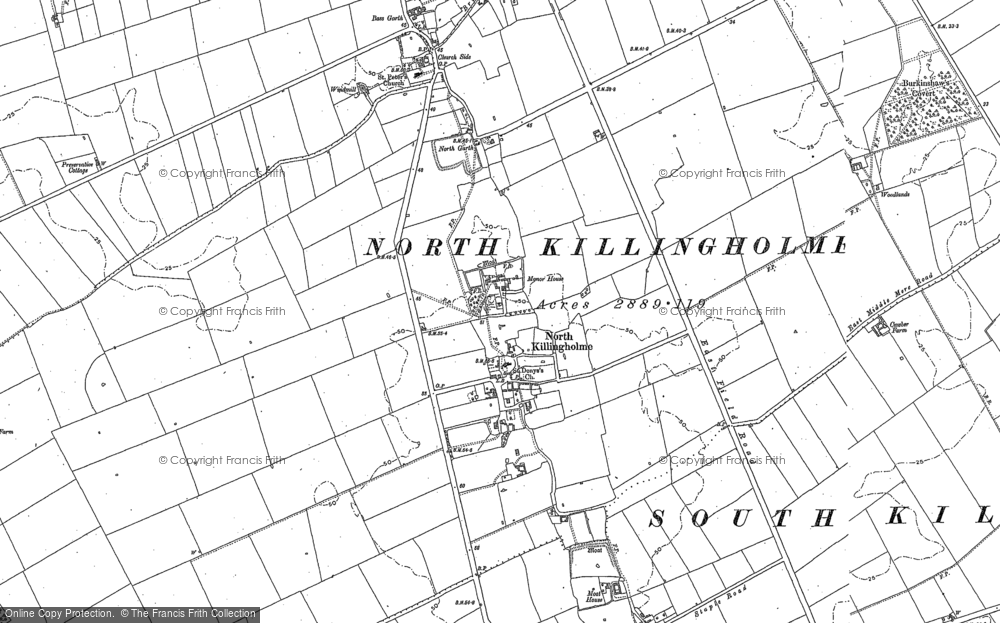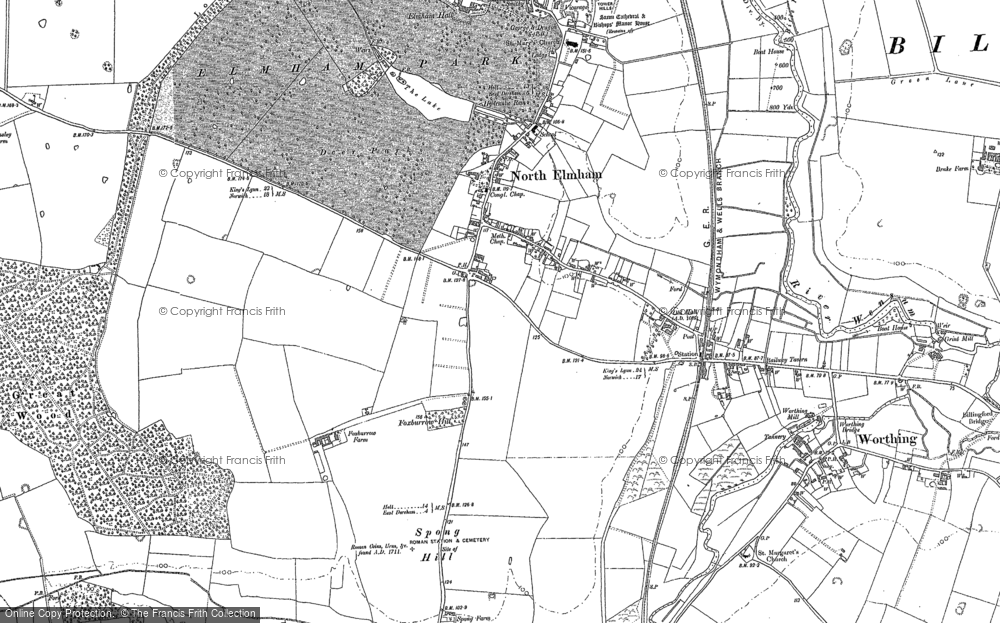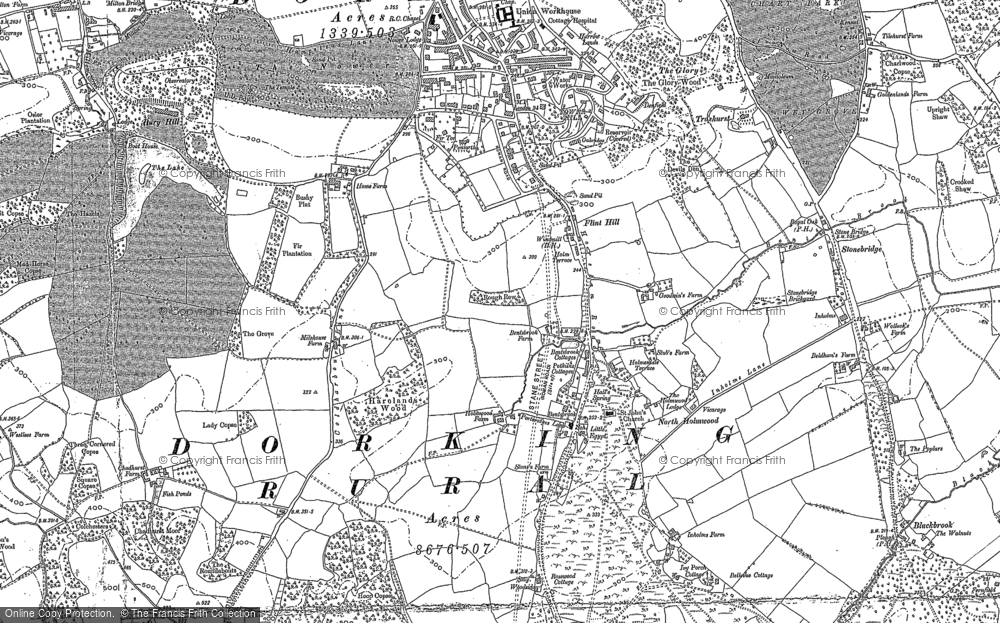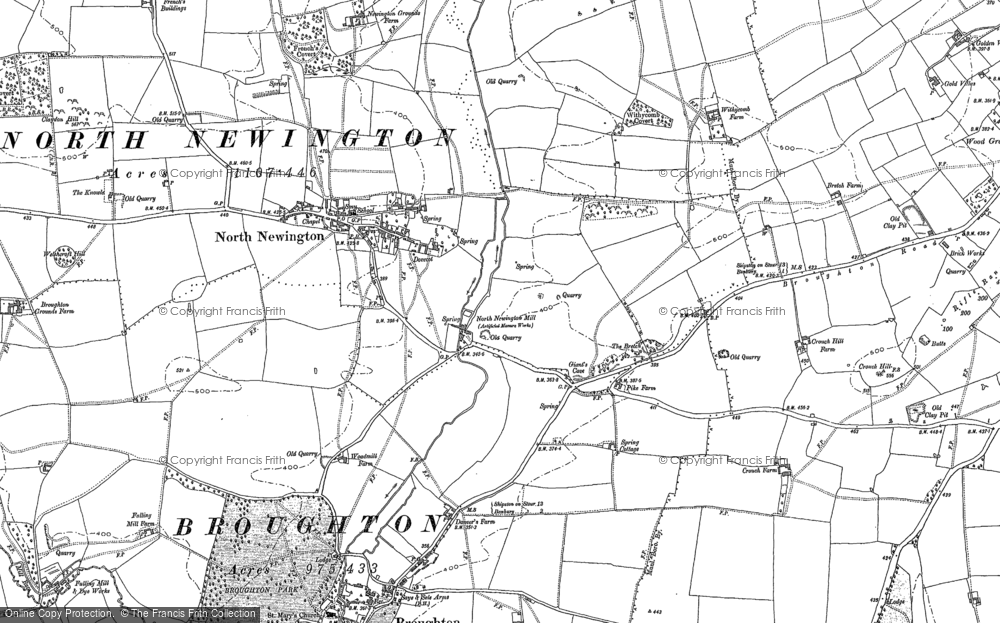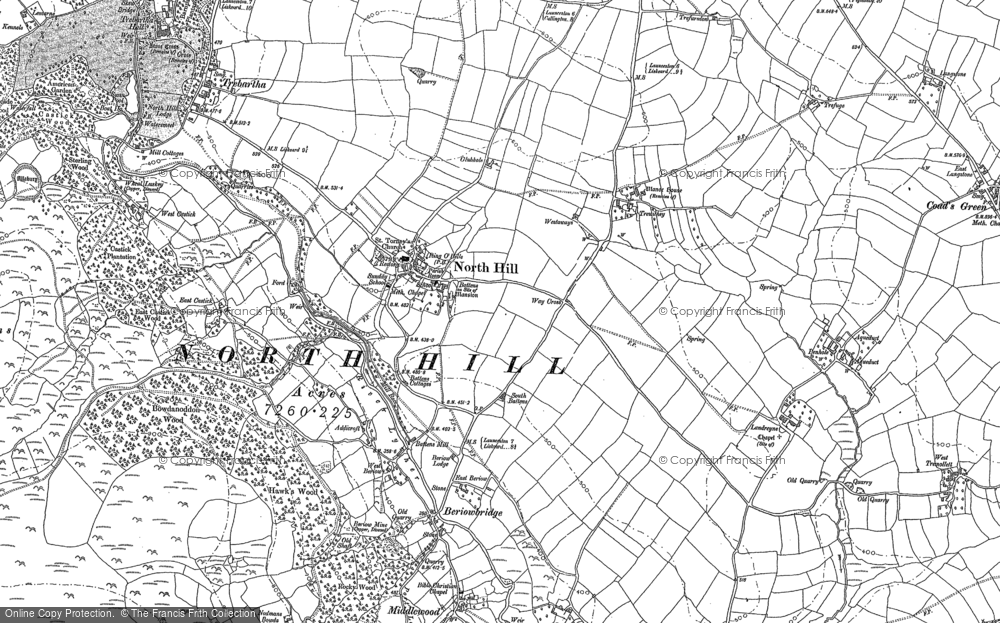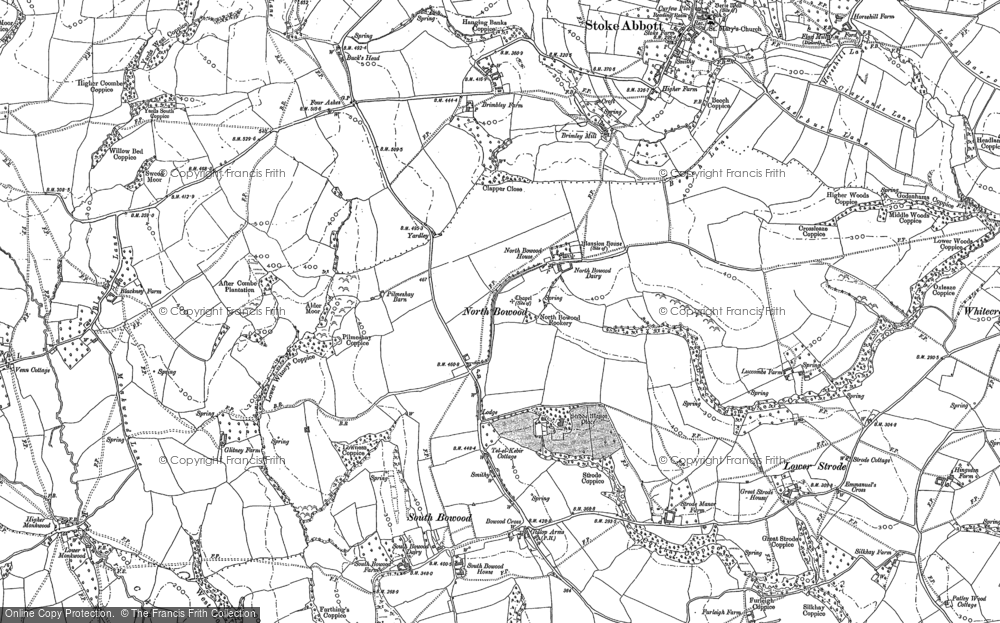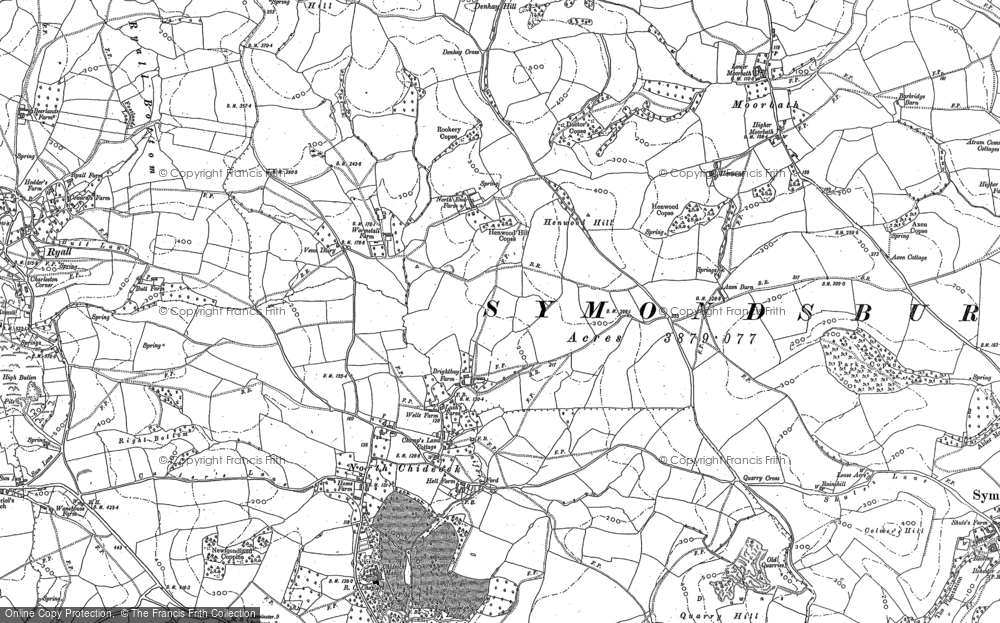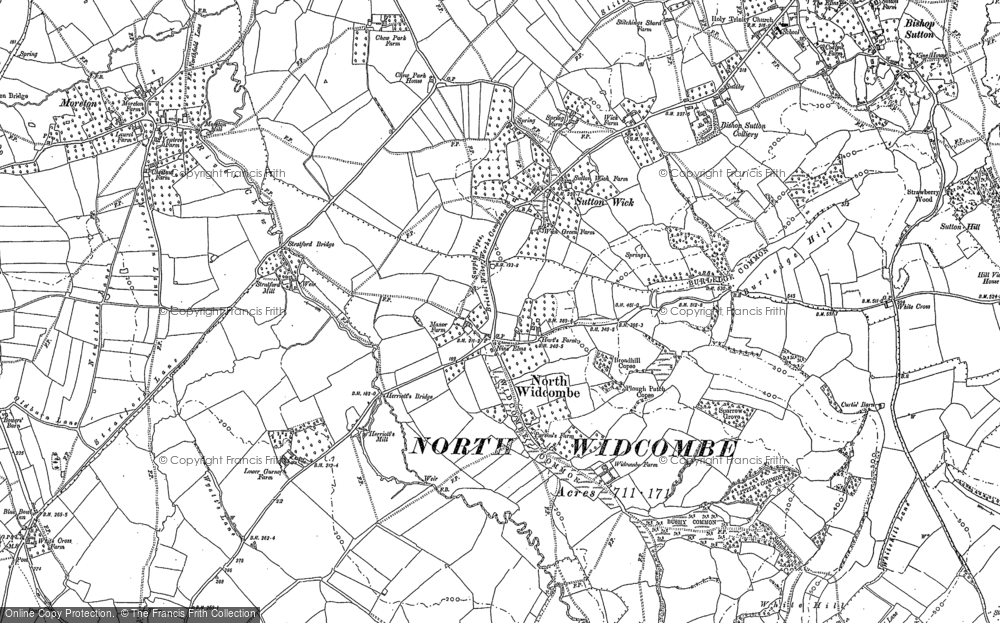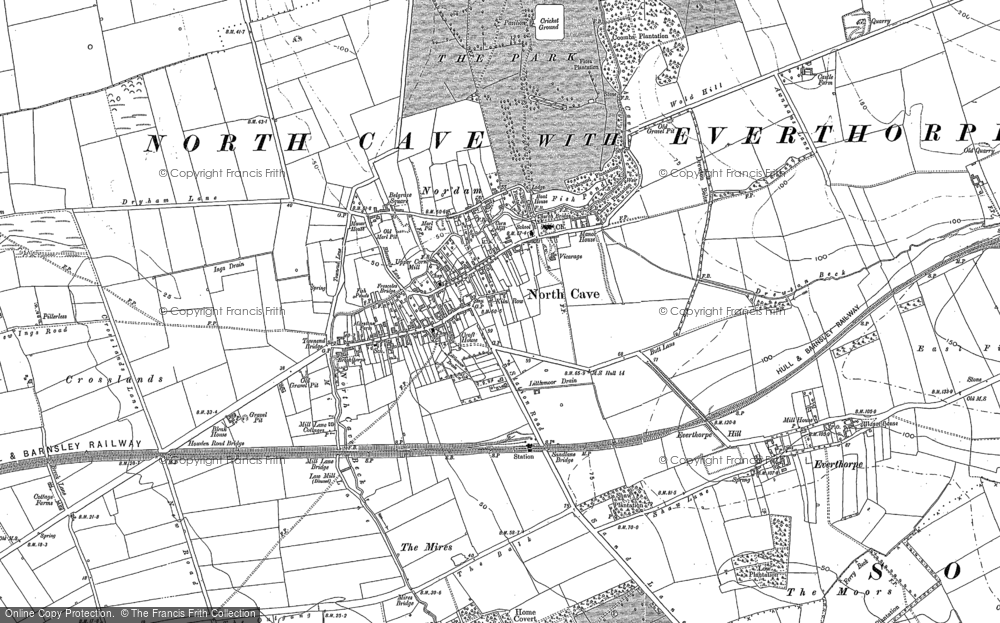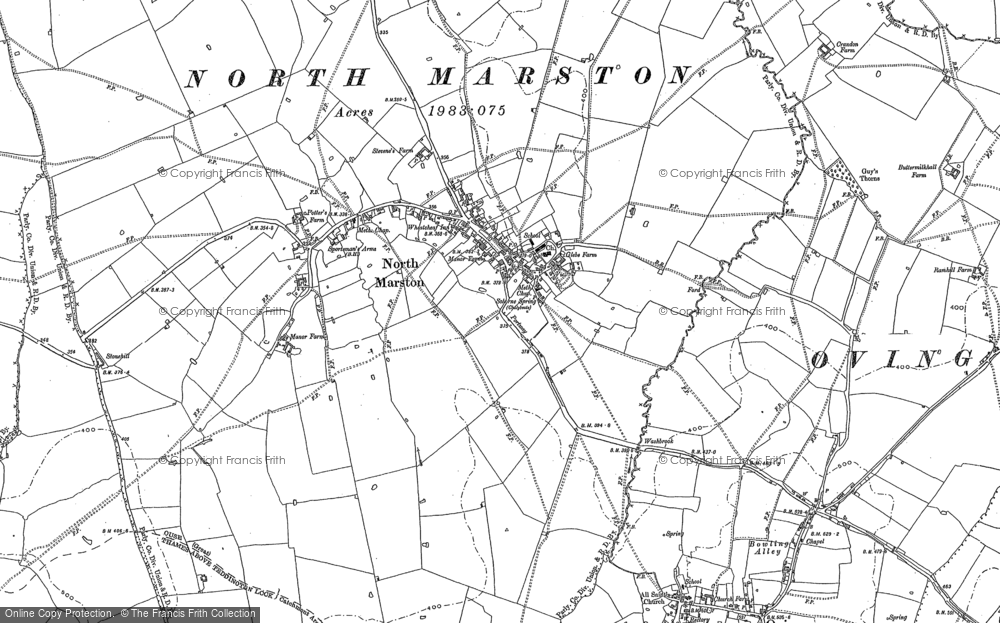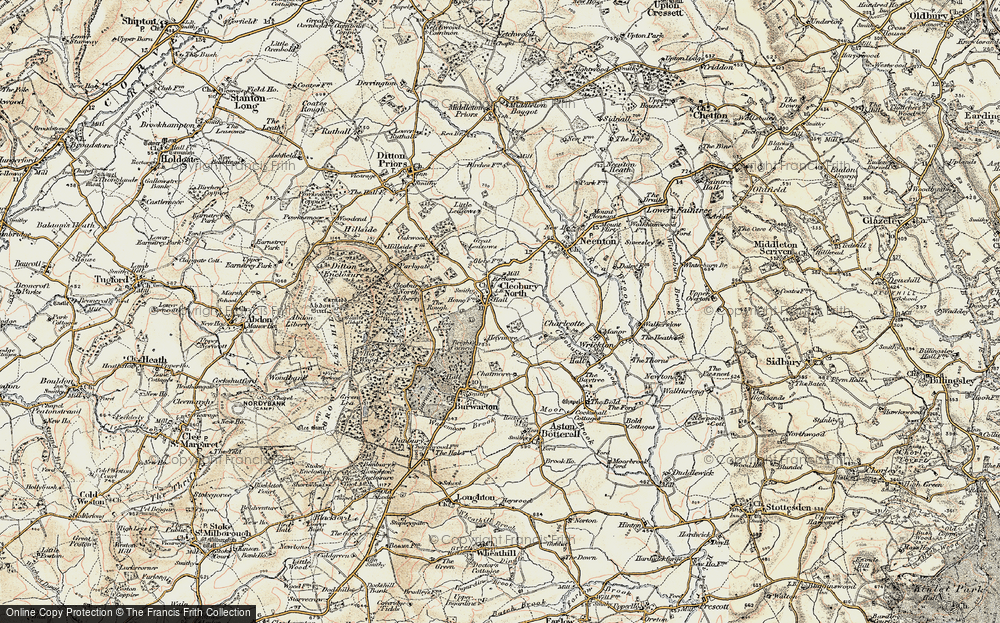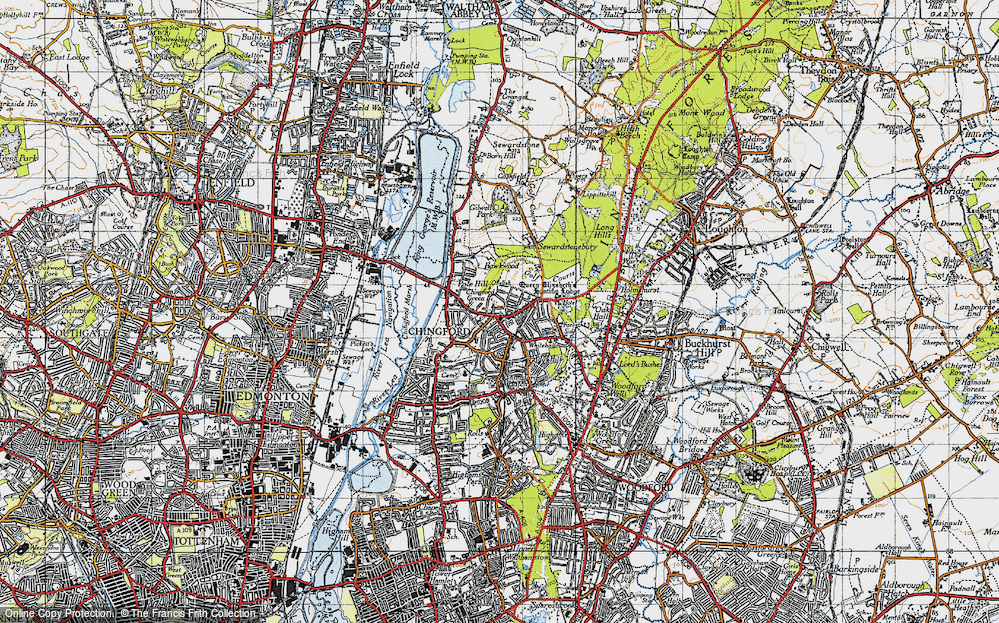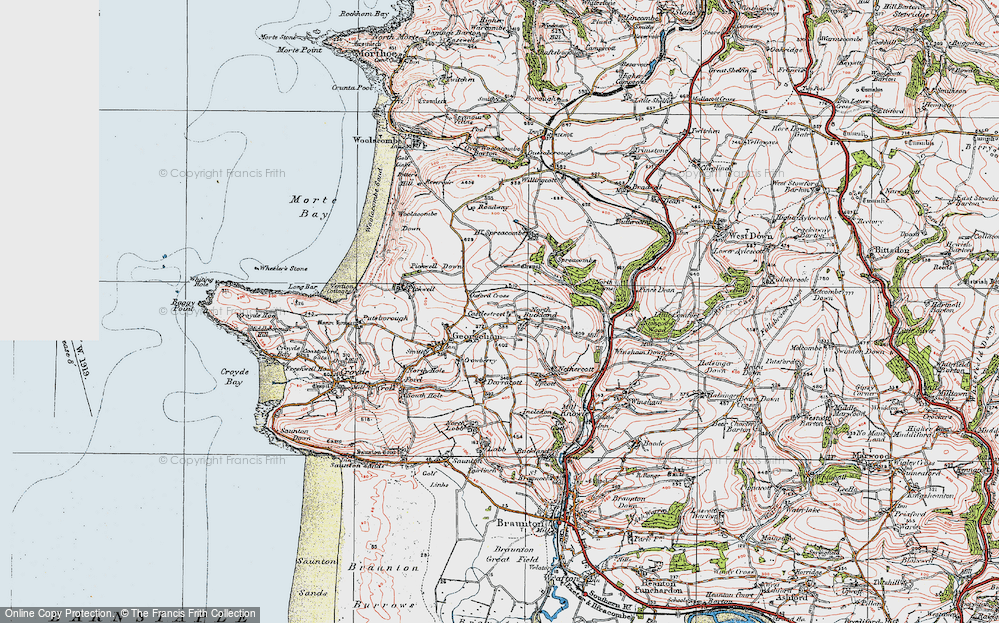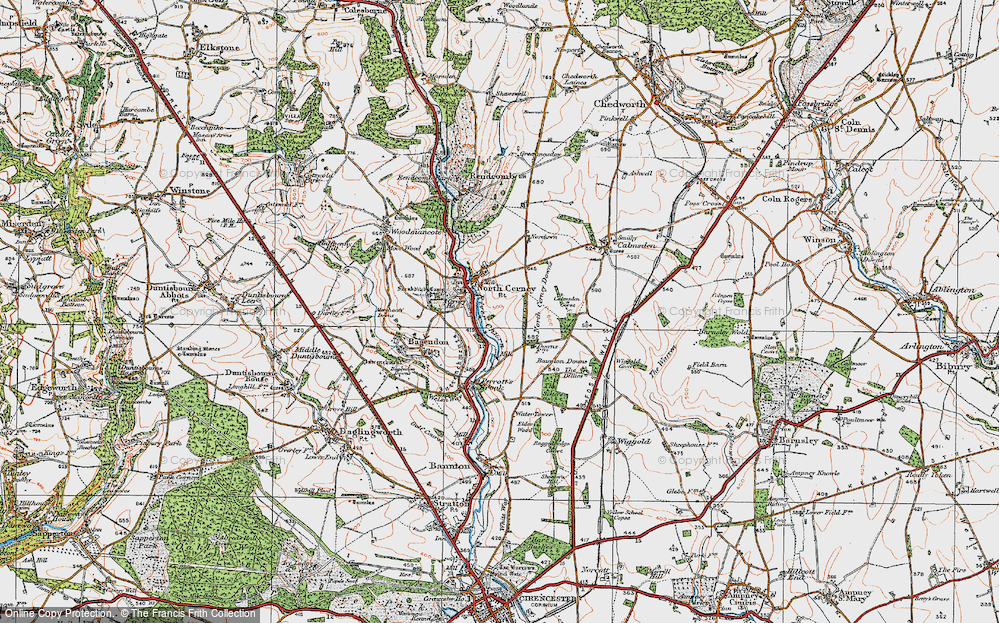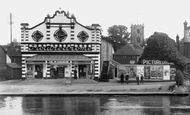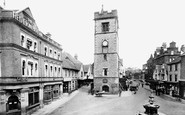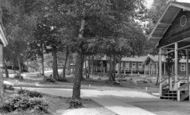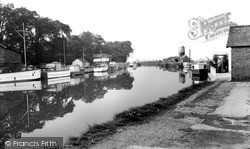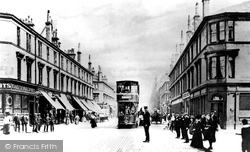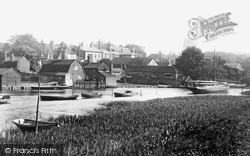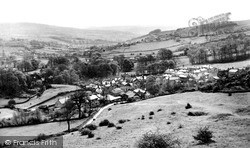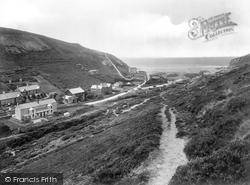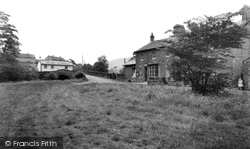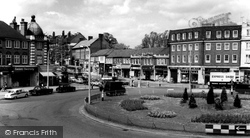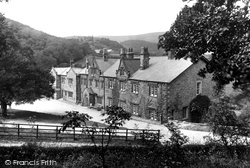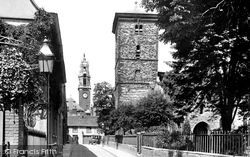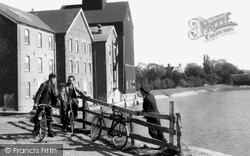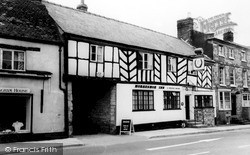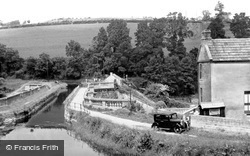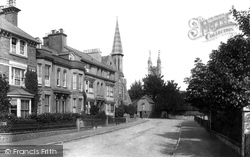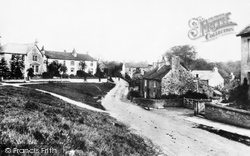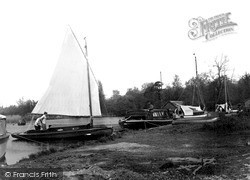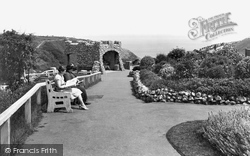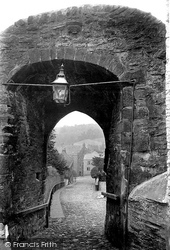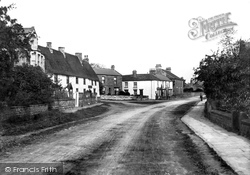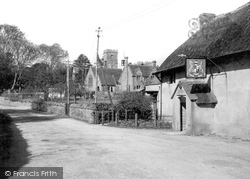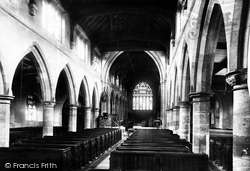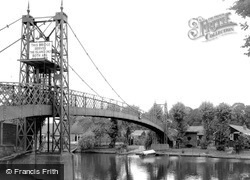Places
Sorry, no places were found that related to your search.
Did you mean: north ness or na h ness or nook ness or nash ness ?
Photos
12 photos found. Showing results 381 to 12.
Maps
9,582 maps found.
Books
29 books found. Showing results 457 to 480.
Memories
4,582 memories found. Showing results 191 to 200.
When We Played In The Road
Gipsy Road in Welling where I lived as a child in the 1950's was a long one. It stretched from Okehampton Crescent near Bostall heath and woods at its north end, down to the Welling/Bexleyheath mainline railway and a ...Read more
A memory of Wellings, The
Braywick 1916
My grandfather, James Boddy, married my grandmother, Ada Stacey, at Bray Church in 1916. They were both from Marlow, but at the time James gave his residence as Maidenhead and Ada gave hers as Ravenscroft, Braywick Road. She may have been ...Read more
A memory of Bray
One Of Three
In the 50s in School holiday time, I and my cousins used to visit matinees in all three Cinemas. The Picturedrome (although it went by another rude name, informally, something to do with small biting insects), the Plaza and the Granada. ...Read more
A memory of Bedford by
The Lawrence Children's Home, Situated In King Harry Lane
From the age of 2 in November 1949 until December 1953, due to my mother's very early death, I found myself enrolled as a resident at The Lawrence Children's Home in King Harry Lane, St ...Read more
A memory of St Albans by
I Was An Evacuee.
I remember Wrens Warren camp vividly as I was one of many sent there during W.W. 2. It was a happy period in my life as a young boy in the 1940's. I and my friends spent many hours exploring the surrounding woods, making a ...Read more
A memory of Colemans Hatch by
Burgess Hill 1957 1968
My parents moved from Durham to Burgess Hill in the mid-fifties. I was born in 1957, at Cuckfield hospital, and at that time lived in West Park Crescent. Both my brother and sister were also born in Burgess Hill. I remember ...Read more
A memory of Burgess Hill by
Wonderful Memories
So many wonderful memories of the "old challaborough" my parents owned a caravan there so we were lucky enough to spend weekends and holidays there. I loved the dolphin cafe on the sea front and then there was another ...Read more
A memory of Challaborough by
St Mary’s Graves End
My name is Gary Canham, my brother Richard and I were placed into care at St Mary’s School in Graves End on the 24/04/1961, aged 3 and 2, we remained there till being returned to our mother and stepfather on 22/06/1963. I have ...Read more
A memory of Gravesend by
School Journey
As a sickly child, I missed much of my early schooling and eventually attended schools for the physically handicapped. My senior school was the Venetian School for boys in Camberwell, south London. We went on School Journeys during ...Read more
A memory of Rustington by
Our Life At Llangwstenin Hall 1983 1986
When we moved here in the summer of ‘83, we were so enchanted with the hall and grounds that even included a gaggle of geese in the adjoining field. They were great ‘guard dogs’ so to speak, as we ...Read more
A memory of Llangwstenin Hall by
Captions
1,673 captions found. Showing results 457 to 480.
The large building is the Whitsand Bay Hotel; it used to stand at Torpoint on the banks of the Tamar, but was dismantled and re-erected here.
Its present name also reminds us of another old local industry: it is now called Malthouse Cottage.
Here we see another view of this main road.
In the days when trading wherries plied their way up and down the rivers, transporting goods from the East Coast sea ports, or from one town to another, Beccles was a thriving port.
Stoney Middleton was yet another lead mining village, as the bumps and hollows in the field in the foreground show.
Another ex-mining settlement, Porthtowan became a popular destination for day-trippers from Redruth around the turn of the century.
Here we have another view of the bridge. On the right is the post office; near here is the point that the Ordnance Survey declared was the centre of the British Isles.
Hendon did not develop as a major shopping centre until well into the 20th century, when the rapid increase in the population made it necessary to provide better facilities for residents
Weymouth's Georgian Esplanade has come through another century unscathed, with only the shingle having retreated since Queen Victoria's Jubilee Clock was erected in 1887.
Another view of brooding Pendle Hill can be had from Whitewell. The wooded area along the river moving towards the Trough of Bowland is said to be reminiscent of Switzerland.
The lamp on the left lights the alley to Tymperleys, a superb late 15th-century timber-framed house, now a clock museum.
The brick-built buildings look as if they will last for another century at least. However, the huge Allied Flour Mill now stands on the site and very little of this scene remains.
Another was the thatched-roofed Black Horse. In the 1920s the Auto Cycle Union (similar to the AA and RAC) recommended both the George Hotel and Ye Olde White Bear as being suitable for its members.
Another was the thatched-roofed Black Horse.
Although the infrastructure is essentially unchanged, much tidying up of both bank and water has taken place in recent years.
Both the Congregational Church and the houses next to it on the left were demolished in the 1970s to make way for the town's Magistrates Court.
The abbey was founded by the Premonstraterians; they were an order noted for preferring secluded areas, both for building their religious houses and for rearing their sheep.
In the centre of the picture two men are working on an another unusual boat, a motorised wherry - notice the shortened mast.
Another view of the delightful Hazelgrove area with its charming castellated grotto. This little folly was built as a shelter where one could rest and look out onto the well-laid-out flowerbeds.
This is another postern gate surviving from the Town Wall, which was built to defend Richmond against Scottish raids shortly before the Battle of Bannockburn.
The Abbey was founded by the Premonstratensians; they were an order noted for preferring secluded areas, both for building their religious houses and for rearing their sheep.
Symondsbury has had at least two remarkable parsons, both of whom lie buried within its church. Gregory Raymond served here for 57 years, through much of Victoria's reign.
A west gallery was added in 1693 and a gallery on the south side in 1698, but both were removed in 1855. The north aisle was rebuilt in 1856 and a clerestory was added.
This is the private footbridge to the island at Thames Ditton. The notice states that both the bridge and the island are private.
Places (0)
Photos (12)
Memories (4582)
Books (29)
Maps (9582)


